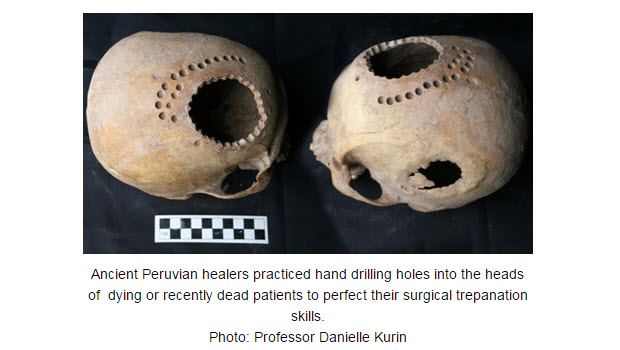
The practiced craft of ancient Peruvian skull surgery
It is a well-established fact that ancient Peruvian healers were experts in trepanation — the surgical removal of a piece of the skull usually to treat hematomas or cranial fractures.
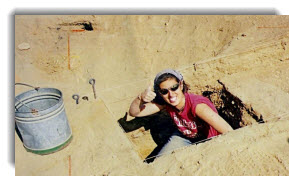
But what do we know about the ancient healers who performed these operations? What surgical techniques did they employ, and what kind medical training did they receive?
University of California at Santa Barbara bioarchaeologist Danielle Kurin and her research team have just published a study in the American Journal of Physical Anthropology that delves into that subject.
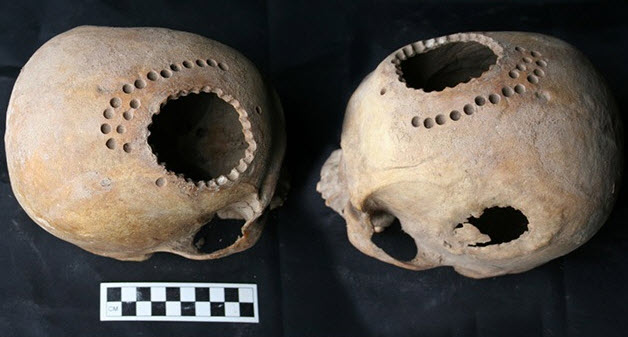
Ancient Peruvian healers practiced hand drilling holes into the heads of dying or recently dead patients to perfect their surgical trepanation skills.
Photo: Professor Danielle Kurin
Working with the burial remains of 32 individuals unearthed in Peru’s south-central Andean province of Andahuaylas, Kurin reportedly studied 45 separate trepanation procedures that date back to Late Intermediate Period (Common Era 1000-1250).
The healers who performed the surgeries used scraping tools and hand drills with differing degrees of success.
“Scraping trepanations evinced the highest survival rate,” according to Kurin’s article Abstract, while “circular grooving, drilling and boring, and linear cutting were far less successful.”
She also found evidence of postmortem trepanations, suggesting the ancient healers practiced on corpses to perfect their technique.
“In one example, each hole is drilled a little deeper than the last,” Kurin told the UC Santa Barbara publication The Current. “So you can imagine a guy in his prehistoric Peruvian medical school practicing with his hand drill to know how many times he needs to turn it to nimbly and accurately penetrate the thickness of a skull.”
If you like this post, please remember to share on Facebook, Twitter or Google+
 Court Rejects One Family’s Ownership Claim of Machu Picchu
Court Rejects One Family’s Ownership Claim of Machu Picchu  From off-kilter to traditional luxury, Lima’s hotel development is booming
From off-kilter to traditional luxury, Lima’s hotel development is booming 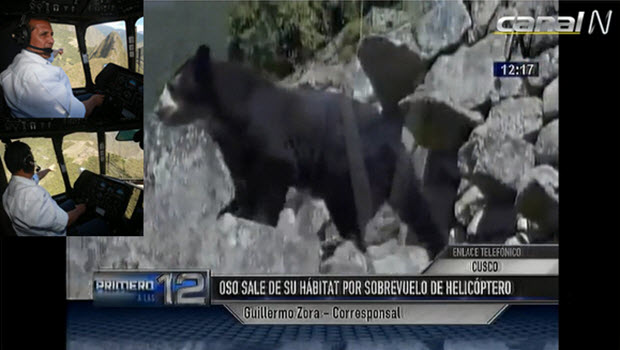 Cusco official wants helicopter pilot who invaded Machu Picchu air space sanctioned
Cusco official wants helicopter pilot who invaded Machu Picchu air space sanctioned 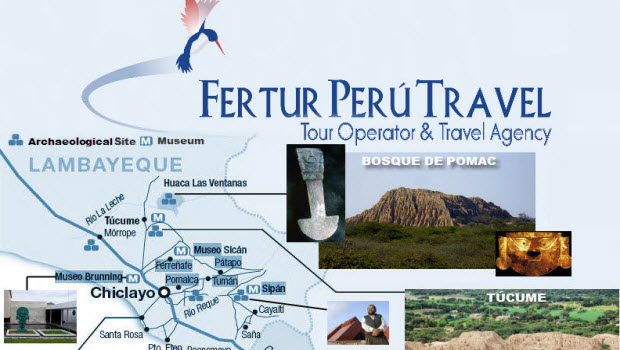 Peru’s plan to invest upwards of $417 million to build the Moche Trail
Peru’s plan to invest upwards of $417 million to build the Moche Trail  Photos of landslide blocking road to Machu Picchu
Photos of landslide blocking road to Machu Picchu  Greenpeace demonstration at Machu Picchu ahead of COP20
Greenpeace demonstration at Machu Picchu ahead of COP20  Arequipa tour attraction Juanita mummy placed in deep freeze
Arequipa tour attraction Juanita mummy placed in deep freeze  Google wants OK to scan Machu Picchu into Google Street View
Google wants OK to scan Machu Picchu into Google Street View